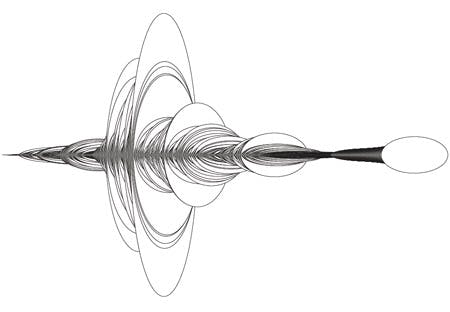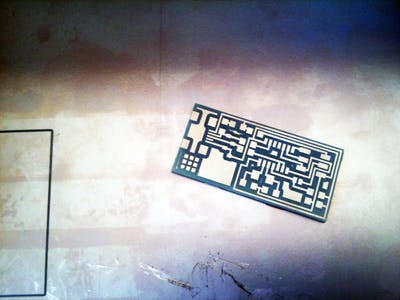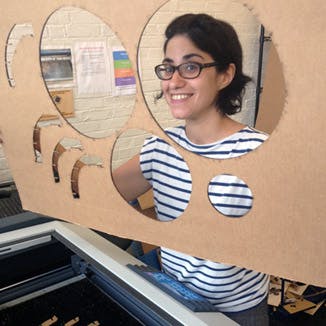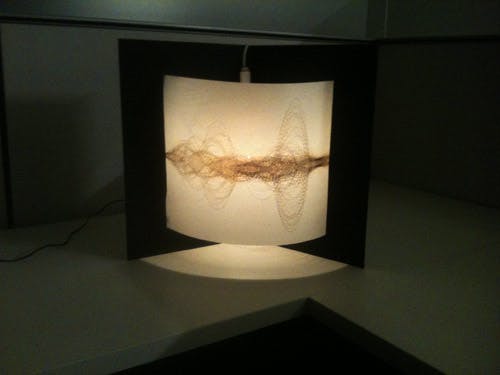A study in sound materialisation
In the Fall of 2013, I applied and was accepted into the MIT class How to Make Almost Anything instructed by Prof. Gershenfeld who is an important reference in the cultural context of my doctoral research topic. This class and his network of ‘fab labs’ have been instrumental in the democratisation of fabrication tools and in the worldwide distribution of knowledge. Taking the class was going to the source of the matter itself. The class is set upon the premise that each aspect of digital fabrication can be ‘handmade’, and each week is equivalent to a task for making that aspect: the controller board, the construction kit, the circuit design, the motor control, etc.
A few things prevented my final goal to be fully reached: the intense rhythm of the class doesn’t leave much time for reflection, and the weekly tasks might not always serve a final project if it’s not very defined from the beginning. It’s a class where ingenious concepts cannot be realised every week if the student doesn’t already master an important set of skills and therefore one has to settle for showcasing an average outcome. But average doesn’t work anymore when compared to the productions of other proficient students that are truly marvellous.
Yet, taking this class is a formidable intellectual experience. It doesn’t allow much reflection while it’s happening, but it certainly does after it’s passed. It provides a clear understanding of all functions that are at play within the realm of digital fabrication, and it sets the path for being innovative and groundbreaking each step of the way. My final project for the class, even though it didn’t achieve all I set out to do, taught me the processes I needed to put in place for following experiments such as Twipology and Rabota.
More info: a weekly journal over the 16 weeks.
Info & Credits
Artist:
Joëlle Bitton
Lecturer:
Prof. Neil Gershenfeld
School:
MIT
Year:
Fall 2013




